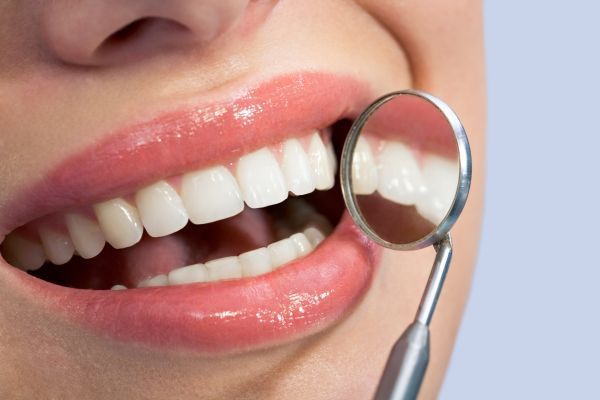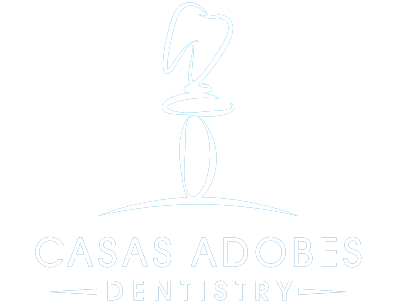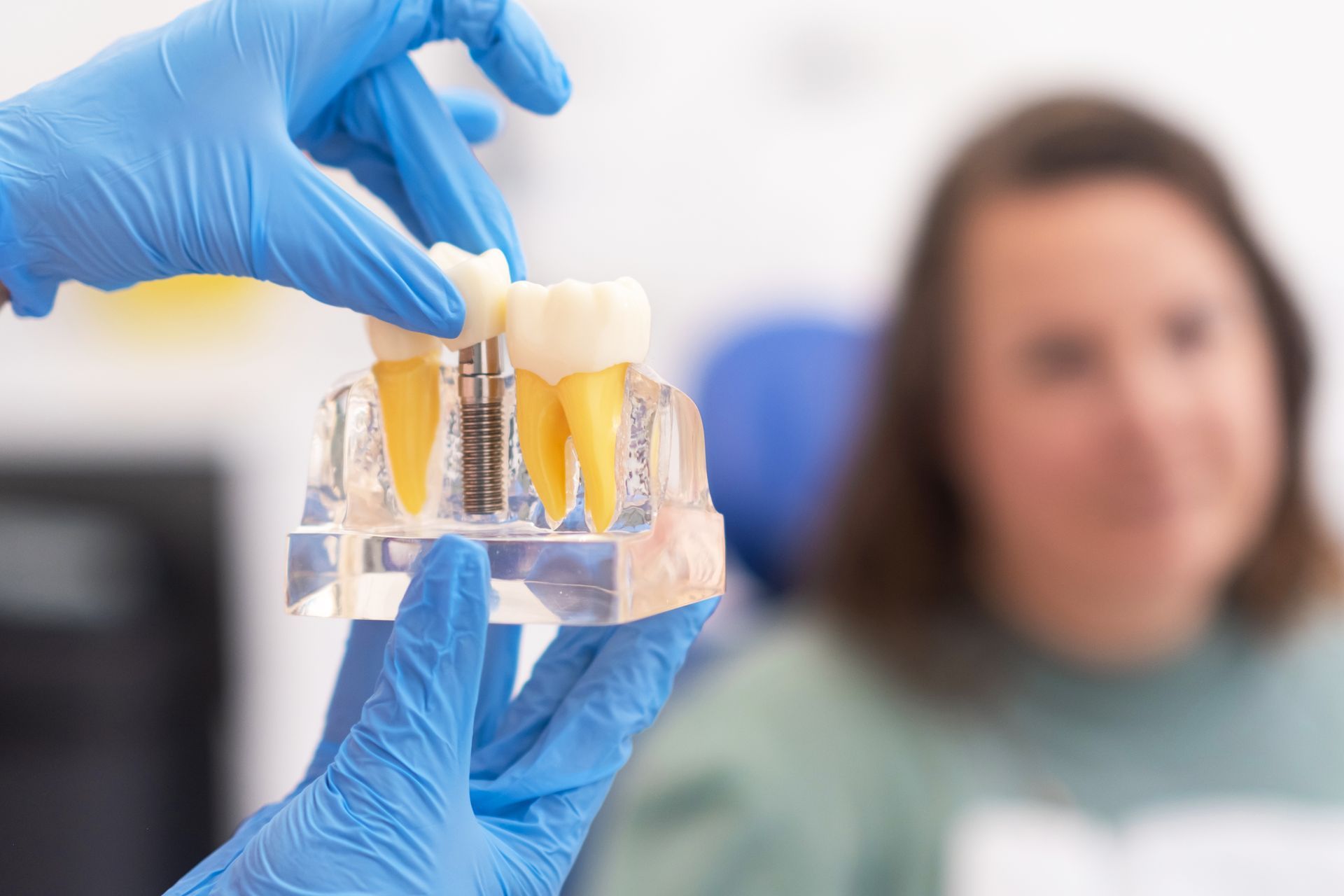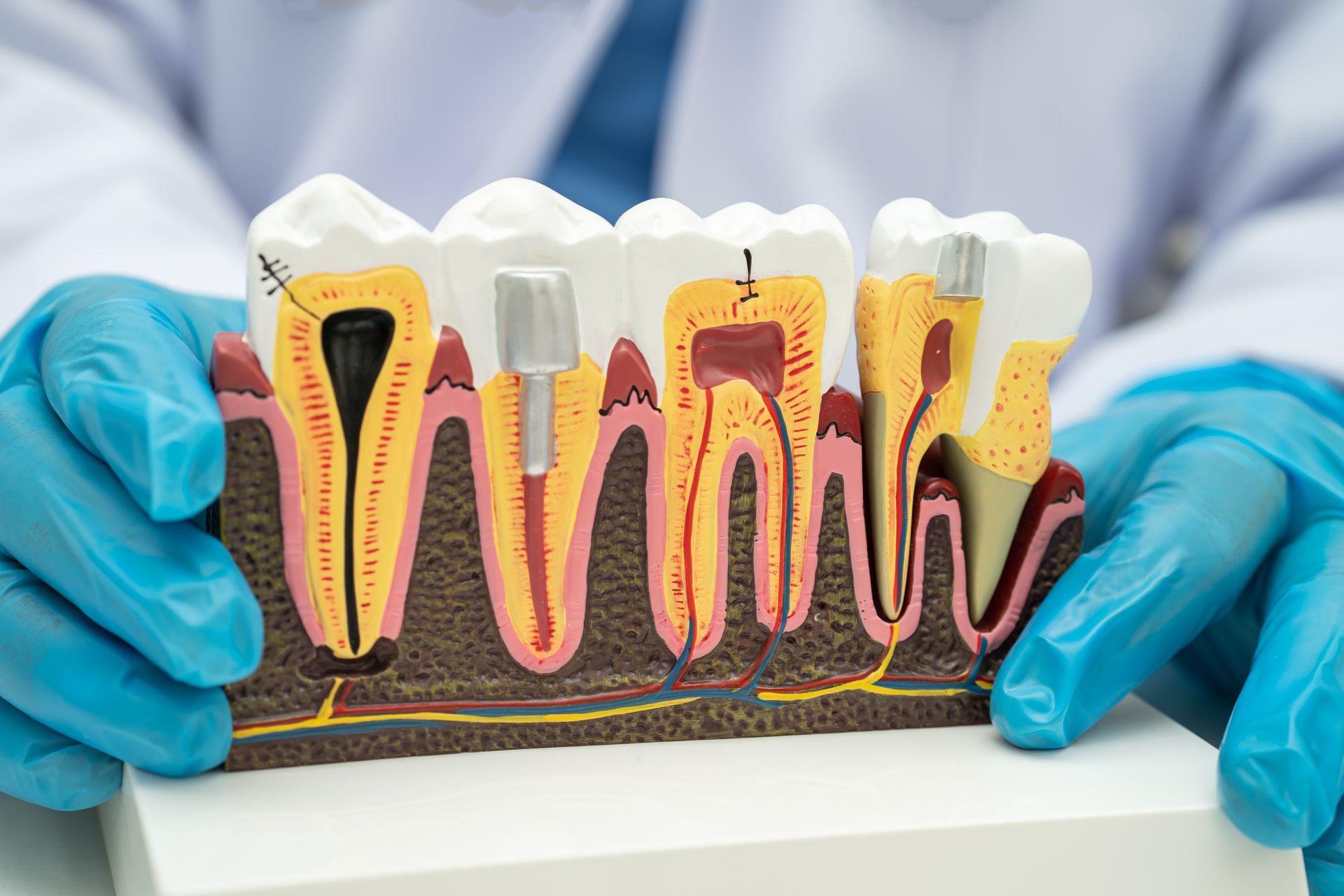What Are the Benefits of Using LANAP in Periodontics?

Laser-assisted new attachment procedure (LANAP) is a treatment procedure in periodontics to remove oral tissues infected by gum disease, treat loose teeth, eliminate bacteria and remove tartar from the gumline. Dental professionals are opting for LANAP over conventional surgery as the standard method of treatment for gum disease. With LANAP, patients can get faster healing times and more predictable outcomes.
The benefits of LANAP
Periodontics has seen many technological advancements over the years, especially in the development of dental lasers. LANAP was developed to improve the patient’s experience during treatment and to improve accuracy. With the specific wavelength PerioLase® MVP-7™ dental laser, dentists can selectively eradicate bacteria from deep gum pockets without damage to healthy gum tissues.
The laser stops the progression of periodontal disease and promotes gum regeneration and repair. Since there is no need for incisions or suturing, this procedure is generally less invasive than traditional surgery. This means that patients deal with less discomfort throughout the procedure and less downtime so they can quickly return to their daily routine.

That is not all …
New bone regeneration and gum tissue reattachment are crucial for the proper treatment of gum disease. With regular treatments, dentists often have to perform grafts to replace infected and damaged bone and gum tissues that are removed during the procedure. This necessitates multiple surgeries and extends treatment times.
The accuracy offered by LANAP allows a cosmetic dentist to eliminate the least amount of tissue required to treat the periodontal infection and clean existing bacteria while avoiding the need for grafts. The laser energy also enhances the body’s natural ability to form new bone and provides an enabling situation that allows tissues to reattach to the teeth. Patients who undergo LANAP tend to have fewer recurrences of gum disease over time.
Other benefits of using LANAP in periodontics include the following.
Minimal or zero gum recession: Since the procedure does not entail cutting gum tissues, there is a lower chance of recession, therefore preserving the beauty of the patient’s smile.
Minimal gum inflammation and bleeding: The PerioLase aims to destroy inflammatory bacteria without harming healthy tissue. Also, the laser cauterizes the blood vessels around the area to prevent or minimize bleeding.
Saves loose teeth: With LANAP, patients can save their natural teeth, especially if they have loosened due to periodontal disease and cannot be saved through conventional treatments.
Safe for most patients: Patients with health conditions like diabetes, bleeding disorders, hemophilia, HIV or those on drugs such as Plavix or aspirin can benefit from LANAP. The procedure is safer for them than conventional periodontal treatments. Usually, any patient diagnosed with inflammatory gum disease is suitable for LANAP.
Less risk of post-op infection: If bacteria are not thoroughly cleaned out during gum surgery, patients may be at the risk of reinfection, especially with the incisions. LANAP reduces that risk significantly.
Fewer side effects: Patients experience minimal pain, swelling, sensitivity and gum loss with LANAP.
Aesthetically pleasing: Because LANAP is minimally invasive, using it for treatment purposes should not cause any damage to the gums.
In conclusion
LANAP is a minimally invasive procedure that is often preferred over conventional treatments in periodontics. If you are looking to save your smile and restore the health of your gums, contact a cosmetic dentist to learn more about LANAP.
Request an appointment here: https://www.casasadobesdentistry.com or call Casas Adobes Dentistry at (520) 365-0559 for an appointment in our Tucson office.








